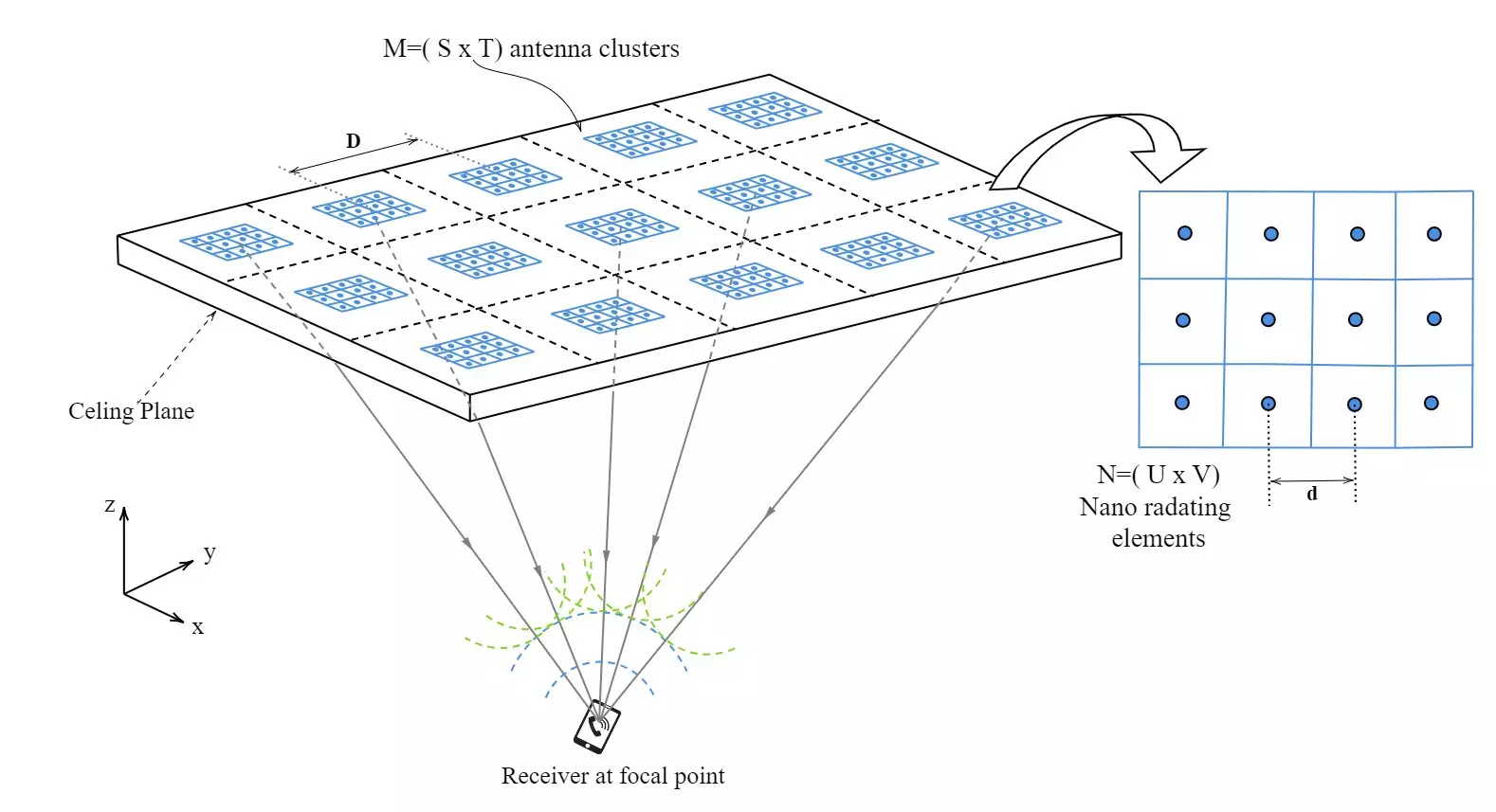As the digital landscape continues to evolve, the demands for increased data transmission capabilities are reaching unprecedented heights. Traditional wireless communication technologies such as Wi-Fi and Bluetooth find themselves at a crossroads, hindered by bandwidth limitations and deteriorating signal quality due to interference and congestion. This predicament is especially noticeable in indoor settings, where the dense clustering of devices often leads to frustrating communication bottlenecks. The urgent need for a potent alternative beckons researchers and technologists to reevaluate existing paradigms and explore innovative solutions—a task that has now become more critical than ever.
Optical Wireless Communication: A Boon for the Future
Enter Optical Wireless Communication (OWC), which is emerging as a pioneering solution to not just alleviate current issues, but to transcend the limitations of conventional RF systems. With a focus on harnessing infrared (IR) technology, new research has unveiled a paradigm shift in how we approach data transmission, emphasizing reliability and speed without the interference usually associated with RF signals. This forward-thinking approach signifies not merely an enhancement but aims to overhaul the entire framework of indoor wireless communication, presenting a sustainable and efficient alternative that promises to meet the increasing demands of our interconnected world.
At the core of this transformative technology lies an ingenious concept known as the “phased array within a phased array.” This advanced design draws inspiration from the quantum mechanics principle of superposition. Just as a particle can exist in multiple states until observed, this innovative system operates by interlinking numerous smaller optical antennas within a larger framework. By positioning these antennas on a flat surface and aligning them meticulously, the system achieves an extraordinary level of signal amplification and clarity.
This architectural configuration eschews reliance on a singular transmitter that is typically vulnerable to interference from physical obstructions. By leveraging a multitude of transmitting elements organized in clusters, the robustness of the signal is significantly enhanced, allowing it to travel through complex environments with much greater reliability. The redundancy built into this design ensures that, parallel to quantum states, the signal retains its integrity irrespective of external challenges.
One of the standout features of this system is its ability to utilize dual transmission wavelengths. This capability amplifies signal stability and focus, permitting correctness in beam accuracy even with varying cluster spacings. Such adaptability is critical for environments characterized by diverse communication needs and infrastructure layouts. This multi-cluster approach ensures that high-quality signals prevail, allowing users to experience seamless communication devoid of lag or interference.
Energy Efficiency: The Ant Colony Optimization Algorithm
In an age where sustainability reigns supreme, the energy efficiency of communication technologies is increasingly under scrutiny. Implementing an Ant Colony Optimization (ACO) algorithm, inspired by the efficiency exhibited by ant colonies, this system emerges as a game-changer. ACO directs resources intelligently, activating only the clusters necessary for current transmissions, thereby conserving energy akin to turning off lights in empty rooms. Traditional wireless systems typically consume electricity by keeping the entire network operational at all times—even when demand is nonexistent.
This thoughtful application of resource allocation not only reduces operational costs but also aligns with global efforts to promote environmentally friendly technology, minimizing the ecological footprint of communication systems.
Applications and Future Potential
The implications of this research extend far and wide. OWC technology can energize multiple sectors, including healthcare, where stable and secure information transfer is cardinal, alongside industrial and corporate environments that crave operational efficiency. However, the adaptability of the phased array design goes beyond IR wavelengths. As technology develops, the underlying principles can be modified for other transmission wavelengths, allowing scalability and versatility in response to future technical advancements.
In concluding this discussion, it becomes evident that we are on the cusp of a communication revolution, transcending mere speed or performance. This shift is about fundamentally transforming how we connect, communicate, and collaborate in mobile and fixed networks. As we manage the overlap of technology and environmental stewardship, the innovations brewing in optical wireless systems mark a significant leap toward establishing a more sustainable, efficient, and resilient communication infrastructure for the future. The promise of technology that caters to our rising data communication needs while nurturing our planet is indeed worth celebrating.


Leave a Reply